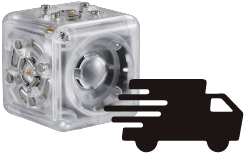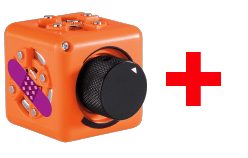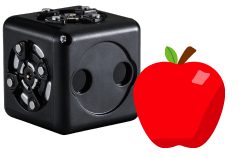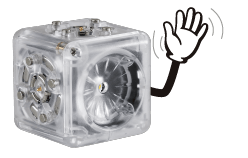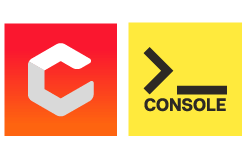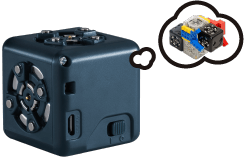The world's best teacher is a bridge-builder, and their story is a lot like yours.
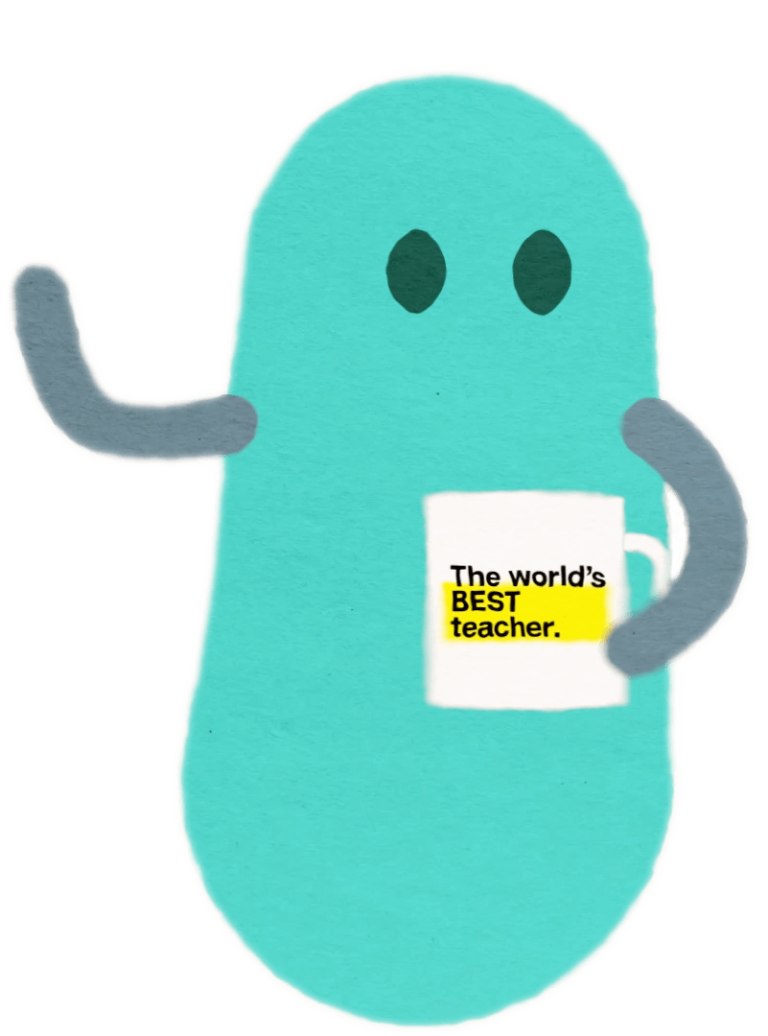
The world’s best teacher had to deal with budget cuts, over-capacity classrooms, self-funded supply closets, feeding hungry students, and unexpected changes in standards. According to their veteran colleagues, this was all routine.
As the world shifted to virtual classrooms, masking, barricades between the desks, and barricading the desks against the door, the challenges became unprecedented. Then, unprecedented became normal too. The world outside the classroom didn’t help, and that stress followed them and their students into the classroom.
Stress has a way of growing into fractures. Then, the fractures spread until gaps separate our students from each other and from the lessons we hope to impart. In every year and every class, at least one student needs extra help bridging the gaps.
As educators, we are bridge-builders. We have always sought ways to close the gaps between our students and their potential. The world’s best teacher doesn’t always know what will cross the chasm, but they know that it helps to have some backup.
Even superheroes need sidekicks.
It’s no secret that the last few years have tested educators’ limits. With burnout at an all-time high, over 55% of educators are considering leaving the field. If you’re concerned about the future of education like we are, it is time to start investing in solutions that help educators at every level.
Meet Cubelets robot blocks, the building blocks of better thinkers.
Accessibility for all types of learners.
Learners of all ages, abilities, and methods of thinking can find something to love with Cubelets.
Teamwork & collaboration.
Cubelets unique design makes them the perfect tool for team-based building challenges and open-ended collaboration.
Effective thinking across disciplines.
Cubelets help build bridges between students and the lessons we hope to impart, they also help bridge between subjects and ways of thinking.
Becoming the world's best teacher.
You don't have to redefine pedagogy to become the world's best teacher, you need to build a bridge.
With accessibility at the forefront, these robot blocks nurture problem-solving skills and collaboration. They work like building blocks, only smarter. Cubelets have the broadest age and skill range of any educational robotics tool – making them the perfect addition to many learning environments.
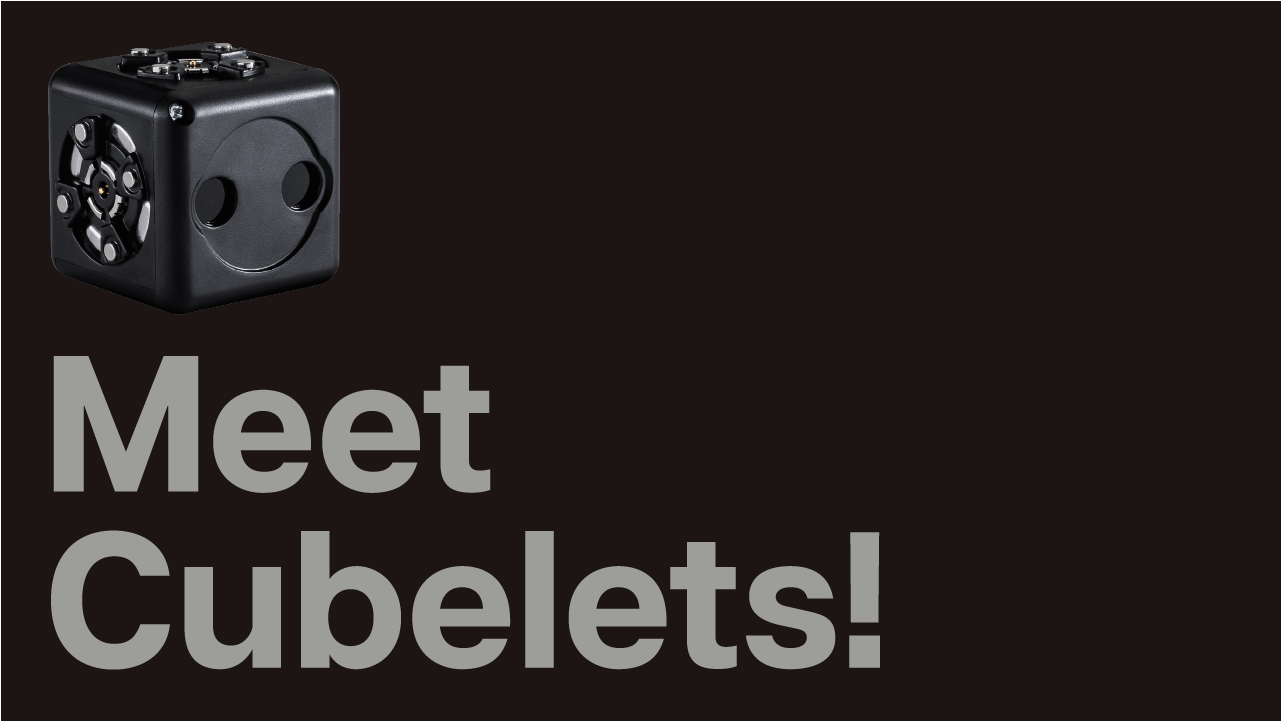
Cubelets are accessible across...
Ages.
Cubelets are regularly used in preschool classrooms, by university students, and even senior citizen groups, in addition to the more traditional STEM classrooms and camps that likely come to mind when evaluating robot blocks. On New Zealand’s Waiheke Island, there is a Makerspace complete with some Cubelets robot blocks.
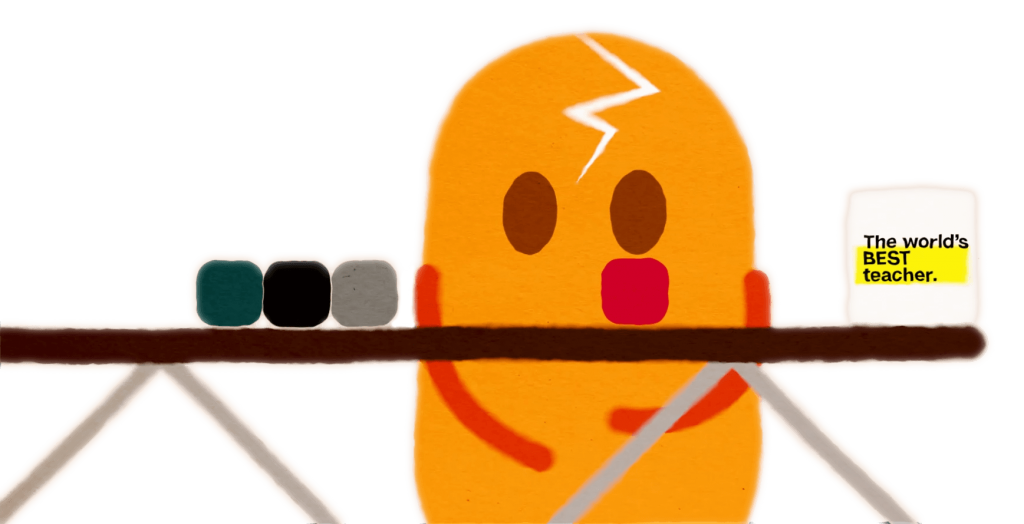
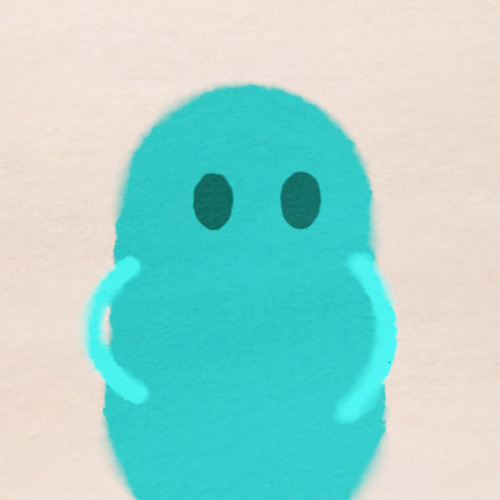
Waiheke Island, New Zealand
Abilities.
The Governor Morehead School in North Carolina is the flagship school for serving the special needs of visually impaired students. It also relies on Cubelets robot blocks.
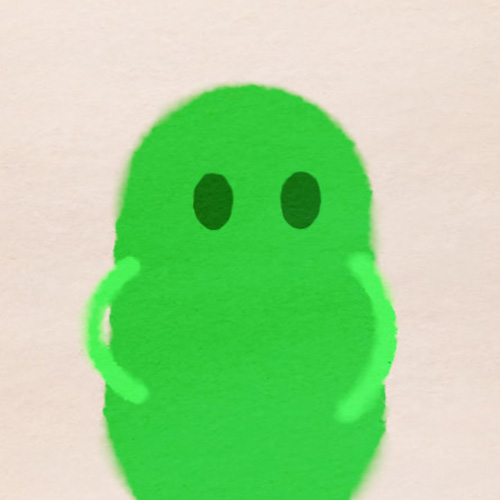
Raleigh, North Carolina USA
Learning styles.
Everyone sees and thinks about the world in different ways. For some students, traditional tools might not be the best fit. Cubelets unique style has caught the attention of many students with special needs. A high school student named Haley shared her experience with us in 2018.
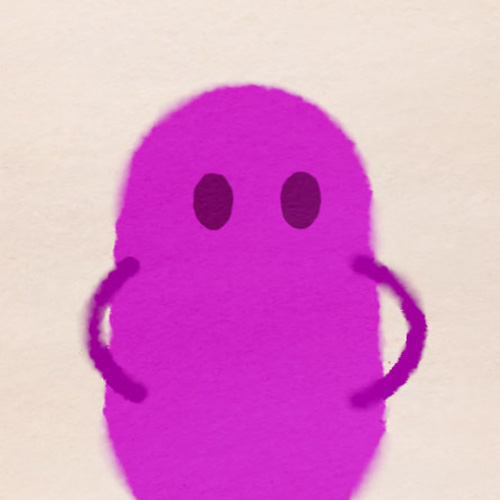
Dublin, Ireland
Cubelets are more than little robots.
Cubelets are great for S.T.E.M.SEL.CS.R.L.A.PBL education. Which is to say; that they are excellent sidekicks across all sorts of subject areas. Admittedly, the focus on acronyms has shifted focus from what matters – helping you and your students meet your goals in the classroom.
Cubelets are more than clever little robot blocks. They’re a tool to support and assist your efforts in the classroom. A significant component of that tool is a collection of free, grade-banded lesson plans that cover Common Core, NGSS, and CSK12 standards from PreK to 12th grade.
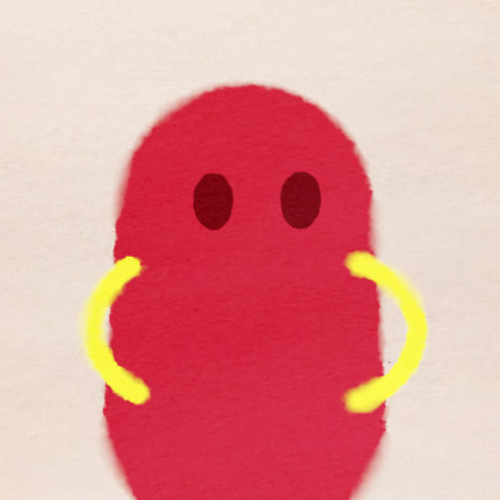
Lousiville, Colorado USA
Cubelets help develop practices for effective thinking across disciplines.
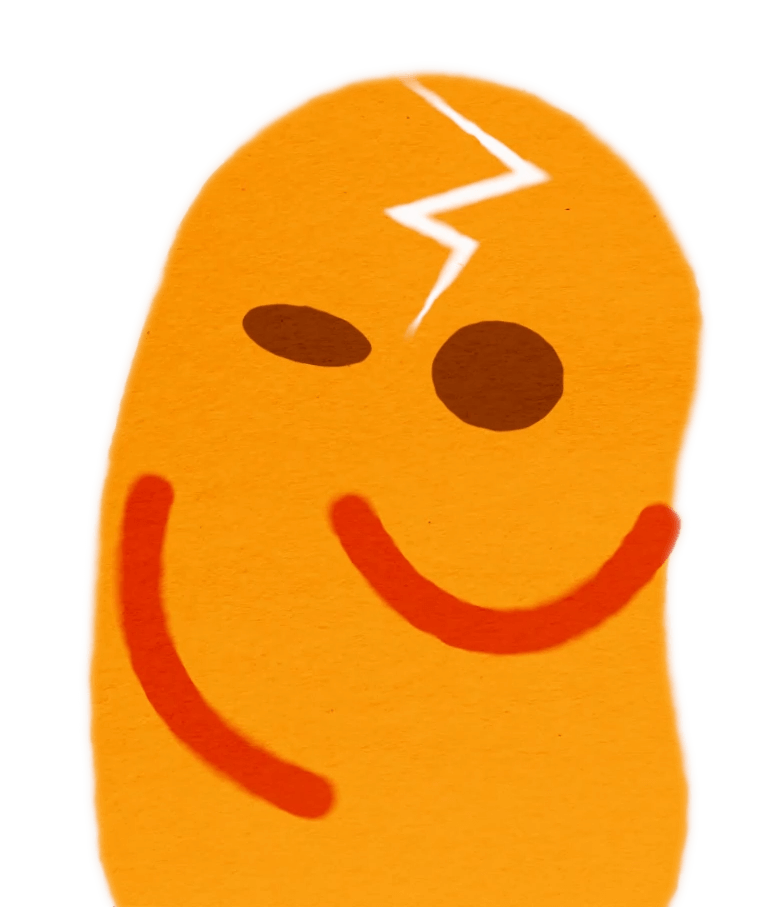
The value of education is not teaching students what to think but giving students tools for better thinking. From asking answerable questions to creating mental models about the world around them and checking their assumptions with real-world data, students hopefully leave each unit with new ways to become active, creative citizens in their communities. These tools for thinking span across every subject area, and it is in the intersections between subjects that Cubelets start to reveal their superpowers.
Students face questions that emerge from the interactions of different robot block combinations. Cubelets challenge students’ assumptions with surprises around every corner. They create opportunities for academic discussions as students zoom into their robots and zoom out to examine how those models mimic the world around us.
Cubelets also harness children’s innate creativity to make connections across disciplines and to develop critical thinking pathways for use in core subjects such as literacy and math. While some tools or resources are limited to one subject area, Cubelets challenge children to think about how all of these subjects–math, science, literacy, and even social-emotional learning–intersect.
For educator Craig Dunlap, building a makerspace with Cubelets allowed students to develop and apply knowledge through playful experimentation. This kind of self-directed exploration has profoundly impacted his students as they grow through trial and error and learn new skills that teachers and parents could not have predicted five years ago. Watching his students realize what they can create is a reward beyond measure.
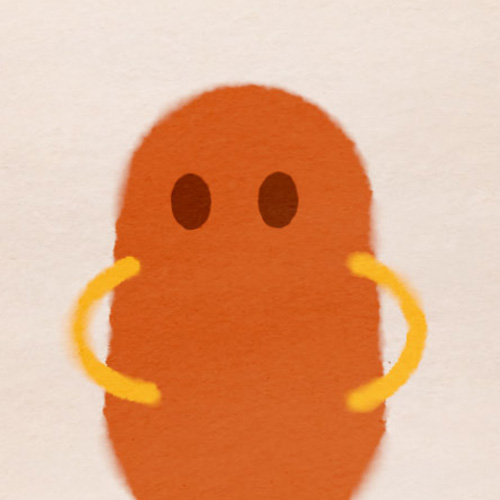
Florence, Kentucky USA
Little block-shaped sidekicks that come complete with support.
Beyond standards and practices Cubelets come with complimentary access to educator resources that make your job a little bit easier. From look-fors to administrator guides, professional development, and free one-to-one coaching sessions, Cubelets has you covered. Cubelets also come with a robust one-year warranty to keep your classroom creating with Cubelets every day.
Your teammate to foster teamwork and collaboration.
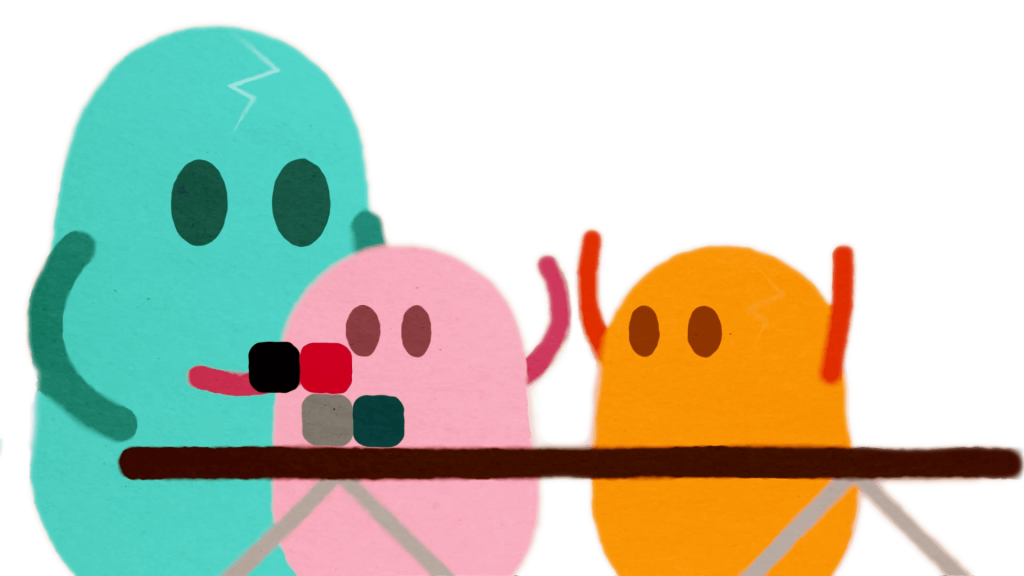
Humans are social creatures and, therefore, social learners. Participating in fruitful academic discourse is a vital skill for all members of society. Cubelets provoke conversation through their open-ended design possibilities, bringing novelty that can be shared between students with different backgrounds and experiences.
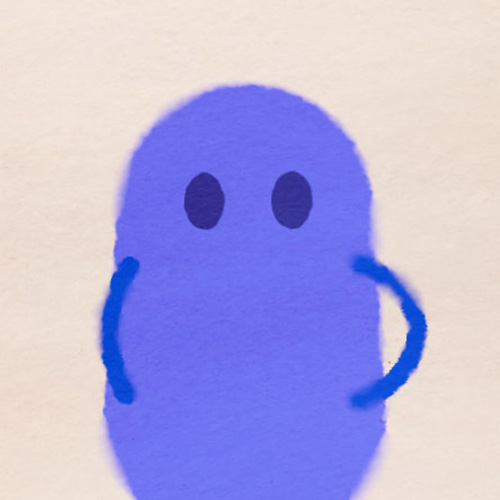
Pinellas County Schools, Florida USA
Creating authentic opportunities for students to practice effective communication is essential to every classroom. In discussing their Cubelets creations, students learn the importance of specific and shared vocabulary, asking answerable questions, and how to provide feedback compassionately.
For marginalized students, Cubelets inspire collaboration by placing every student at the same “starting line.” Collectively exploring Cubelets levels the playing field and places each student in a state of not knowing and needing new vocabulary. Cubelets are a new medium for students to show their thinking and highlight their creativity.
The building blocks of better thinking.
As impressive as Cubelets are, the success of Cubelets as educational tools relies on superheroes like you. Like all good sidekicks, we simply try our best to support your goals with free lessons, coaching, and a suite of other resources. Like all good sidekicks, we also try to deliver a little extra spice.

Florence, Kentucky USA
Cubelets’ original goal was to create tangible models of complex emergent systems – a fundamental property of reality found throughout our universe. Complexity and emergence are unlikely to appear in any list of standards, but we believe that kids who have intuitions about these systems become better thinkers.
Cubelets’ modular design means the same core blocks can be rearranged thousands of times, resulting in robots with different emergent behaviors. The more Cubelets in a robot construction, the more surprising the behaviors. Each robot is a model system for students to use new thinking skills in a hands-on, creative, and collaborative way.
In every robot build, students practice decomposition, abstraction, pattern recognition, and algorithmic thinking – four critical cognitive skills that form the foundations of Computational Thinking. These skills help kids understand how to build a software program and find more effective solutions to challenging problems.
By adding design thinking and focusing their efforts on a specific challenge, your students will practice zooming in on the important relationships between Cubelets. They also practice zooming out to map their robot as a network of causes and effects. Which exposes concepts like feedback loops and unintended consequences. Cubelets challenge students to cycle back and forth between the “forest and the trees” so they can build the robot behaviors they seek. Learning to manipulate complex systems helps all people develop a more intuitive sense of how systems work, and how to solve problems within them.
By building intuitions about complexity, we want students to form intuitions about how to solve big problems. Big problems are persistent; they don’t have a simple solution. Otherwise, we would have already solved them. Big problems require creative thinking. More importantly, big problems tend to involve complex systems.
So what does it take to solve big problems?
We believe that giving students experience in manipulating complex systems using Cubelets will help them tackle big problems in new ways. We believe that learning to design solutions and solve problems with a building-blocks-model of complexity will give rise to a generation undaunted by the interconnectedness of our modern world. Some brilliant people at the Santa Fe Institute call it complexity science; we call it better thinking.
Becoming the world's best teacher...
You don’t have to win an award to be the world’s best teacher. You don’t have to redefine pedagogy to be the world’s best teacher. The world’s best teacher is a bridge builder, a momentary position when they help a student in need cross the chasm and connect with the world in new ways.
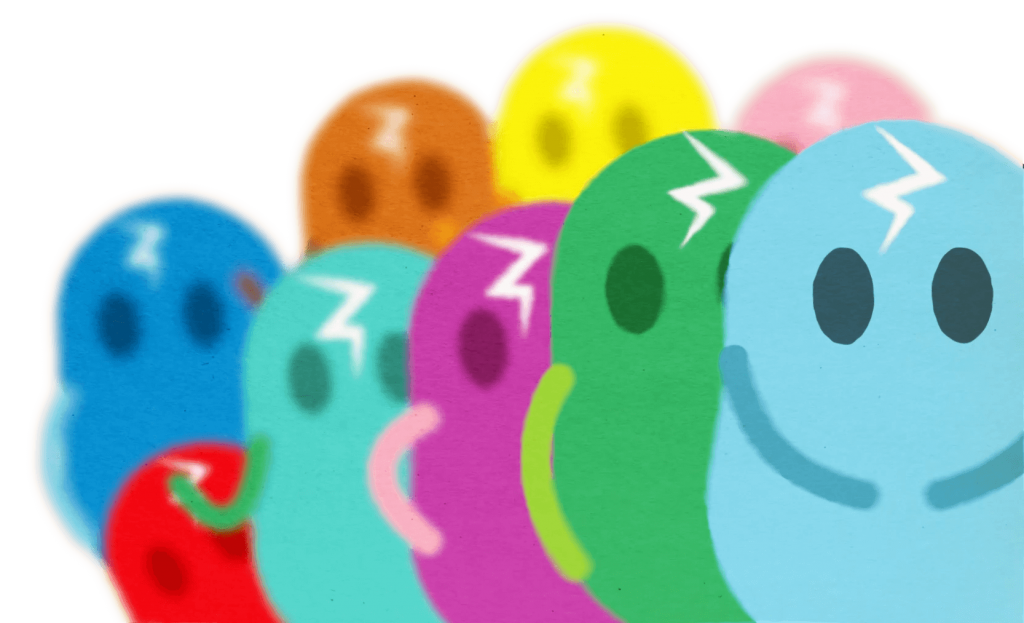
When we think of finding a new tool or resource for our classroom, sometimes we think of the classroom as a whole. But more often than not, we have that one kid in mind. With Cubelets, that choice is easy because they work wonderfully for both.

Evergreen, Colorado USA
Want to take Cubelets for a test drive?
We know you’re going to love Cubelets; that’s why we proudly offer educators a free review kit. Take Cubelets for a 10-day test drive.








